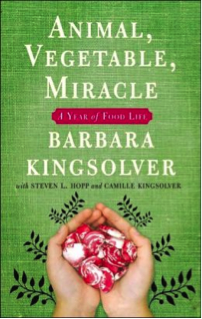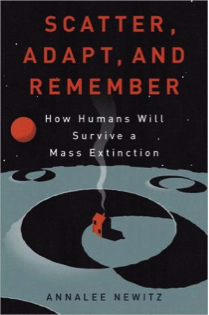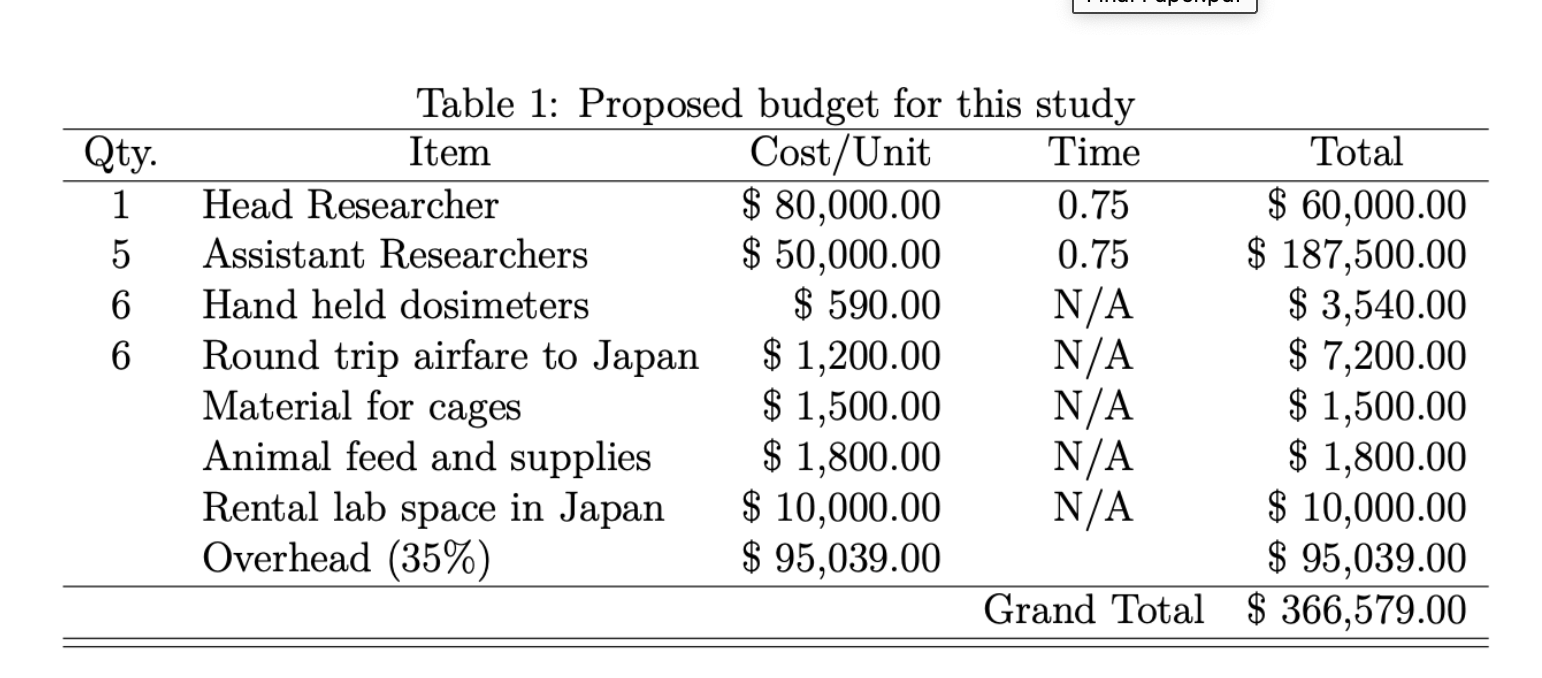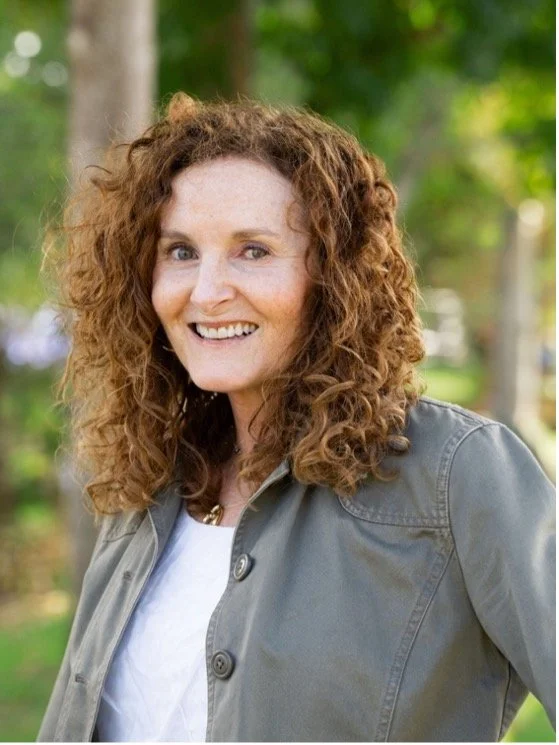


 Collapse: How Societies Choose to Fail or Succeed: Revised Edition
Collapse: How Societies Choose to Fail or Succeed: Revised Edition
By Jared Diamond. Penguin, 2011.
The Road
By Cormac McCarthy. Vintage, 2007.
Animal, Vegetable, Miracle: A Year of Food Life
By Barbara Kingsolver, Camille Kingsolver, and Steven L. Hopp. Harper, 2007.
Scatter, Adapt, and Remember
By Annalee Newitz. Doubleday, 2013.
To be fair, The Road is not an environmental book per se, but I read the first three of these books in a series with our Scholars at Benedictine University several years ago, and they work extraordinarily well together. The Road is a literary masterpiece, and there’s a movie version, which, believe it or not, is not as harsh as the book. Whatever you do, if you read one or both of the first two, be sure to find relief in Barbara Kingsolver as the antidote afterwards. I consider these my post-apocalyptic and my pre-apocalyptic pairings. Jared Diamond has a new book out, The World Until Yesterday, which I have not yet read, but which promises to be nearly as good as Collapse. But Collapse is really unparalleled in the way it has influenced thinking about environmental catastrophe and the likelihood that civilization will survive it. Questioning Collapse, a collection of essays by Diamond’s peers, disputes Diamond’s claims, but mostly it reads like nitpicking, or academic scavenging, while Diamond has the courage to see the big picture. His thesis is clearly articulated in the title: while some societies in the past made short-sighted choices that precipitated collapse after environmental destruction or stressors, others made tough and innovative choices that allowed them to survive. The Greenland Norse and Mayans are examples of the first; the tiny Pacific island of Tikopia is an example of the second. Many other ancient societies experienced climate change or destroyed their agricultural productivity and perished; in fact, Diamond was key in promoting the understanding that environment played a bigger role than previously thought in civilizational collapse. Diamond outlines eight environmental problems that have always existed and four that are new with modern civilization. He draws the obvious parallels between failed societies and our own: the most memorable example is a parallel between Easter Island statues, which got bigger and more elaborate as the trees on which life depended were destroyed in their production, and American McMansions, which are now responsible for similar destruction.
Barbara Kingsolver's account of how she and her family ate only food raised on her small plot or within 100 miles of their homestead is notable for its homey tone. The book provides solid facts on the downsides of factory-farmed foods, including a high carbon footprint, excessive levels of pesticides, abusive animal practices, a lack of connection to our food sources, and a consequent erosion of community values. This book is not for purists. Kingsolver's family makes various compromises on coffee, spices, and dried raisins, but the experience also brings revelations on the joys of eating with the seasons, cooking inventively, and keeping close to home. The book is surprisingly enjoyable and funny. I won't get into details, but I never thought I would laugh so hard about chicken sex and turkey slaughter. Serious issues are interspersed with recipes (good ones) and anecdotes about her children. Lily, her charming youngest child, decides to raise meat chickens only after doing the math. Most people will find something to like about Kingsolver’s book. As a teacher, the most effective argument I have made on behalf of environmental issues is that everything I have done for the earth has had delightful, unexpected benefits for me personally: luscious homegrown tomatoes, improved strength from riding my bike, an appreciation for what I already have. That's what this book is really about. It begins as a project of sacrifice, but in the end, it's about the riches that are well within our grasp.
Newitz contributes new insights to the problem of environmental apocalypse but on a grander scale than Diamond. Instead of civilization collapse, she looks at the five previous mass extinctions in the history of the Earth and summarizes the evidence that we are now at the beginning of the sixth. Her message is on the face of it a cheery one: Hey, we could survive environmental apocalypse! But it is underlain by the terrible and ironic premise that civilizational collapse is now all but inevitable.
Overall, it is useful to consider the worst predicted consequences of environmental damage. We must first imagine the worst if we are to have a chance of averting it. The problem of imagining the worst, the infrequent, and the unlikely is explored brilliantly in another popular book, not on the environment: The Black Swan by Nassim Nicholas Taleb. He posits that rare but devastating events are usually not predicted because people extrapolate from the known and deny the possibility of catastrophe. The Gulf Oil Spill, for instance, was more likely to happen because BP predicted the likelihood of a blowout as nil. But consider: we wrangle our children into car seats on the off chance that there could be a wreck. Our grandparents might have thought we were crazy. We could go their whole childhood with nary a speed bump. But because the consequences if we did get in an accident are so devastating, we are willing to invest time, money, and considerable inconvenience (screaming, kicking, stiff-as-a-board children) in order to protect what is most precious. It’s time we did the same for the biosphere, on which all life depends; after all, what is the earth but a vehicle hurtling through space laden with the most precious of cargo?












